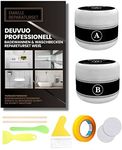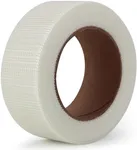Buying Guide for the Best Concrete Patchs
Choosing the right concrete patch is essential for ensuring the longevity and durability of your repair work. Concrete patches are used to fix cracks, holes, and other imperfections in concrete surfaces. The right product will depend on the specific needs of your project, including the type of damage, the location of the repair, and the conditions under which the repair will be made. Understanding the key specifications of concrete patches will help you make an informed decision and achieve the best results.Type of Concrete PatchConcrete patches come in various types, including pre-mixed, powder, and liquid forms. Pre-mixed patches are ready to use and are convenient for small repairs. Powder forms need to be mixed with water and are suitable for larger repairs. Liquid patches are often used for filling small cracks and are easy to apply. Choose the type based on the size and nature of the repair.
Setting TimeSetting time refers to how long it takes for the concrete patch to harden after application. This is important because it affects how quickly you can use the repaired area. Fast-setting patches can harden in as little as 20 minutes, making them ideal for quick repairs. Standard-setting patches may take several hours to set, which is suitable for larger or more complex repairs. Consider how quickly you need the area to be usable when choosing the setting time.
StrengthThe strength of a concrete patch is measured in terms of its compressive strength, usually in pounds per square inch (psi). Higher strength patches (over 5000 psi) are suitable for heavy-duty repairs, such as driveways and industrial floors. Medium strength patches (3000-5000 psi) are good for general repairs, while lower strength patches (under 3000 psi) are adequate for minor repairs. Choose a patch with the appropriate strength based on the load and stress the repaired area will endure.
Bonding AbilityBonding ability refers to how well the patch adheres to the existing concrete surface. Good bonding is crucial for the durability of the repair. Some patches come with added bonding agents to enhance adhesion. For repairs on vertical surfaces or overhead, a patch with strong bonding ability is essential to prevent it from falling off. Evaluate the bonding requirements of your repair area to select the right product.
Application TemperatureConcrete patches have specific temperature ranges within which they can be applied effectively. This is important because extreme temperatures can affect the curing process and the final strength of the repair. Some patches are formulated to work in cold conditions, while others are better suited for warm weather. Check the temperature range of the product and ensure it matches the conditions in which you will be working.
Durability and Weather ResistanceDurability and weather resistance are critical for outdoor repairs where the patch will be exposed to the elements. Look for patches that are resistant to freeze-thaw cycles, UV rays, and moisture. These features will ensure that the repair lasts longer and withstands harsh weather conditions. For indoor repairs, durability is still important, but weather resistance may be less of a concern.
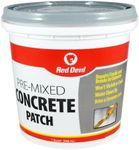




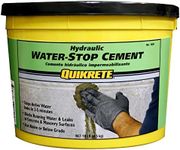


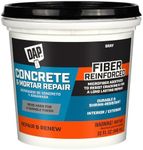

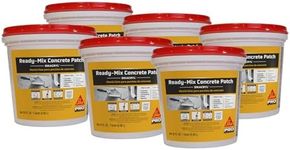
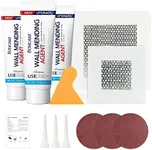
![IMPRESA [2 Pack] XL Drywall Lift & Sheetrock Kicker Multi-Tool withBuilt-In Drywall Rasp Tool & Bottle Opener - Drywall Lifter Foot Lever for Wall Panels & Door Lifter Tool - XL Tools & Accessories](https://images-proxy.bestreviews.guide/rUqMZ3OkRq6TLmur2h7sJBr7dW0=/0x150/https://m.media-amazon.com/images/I/41tQL0rz-2L._AC_CX679_.jpg)
